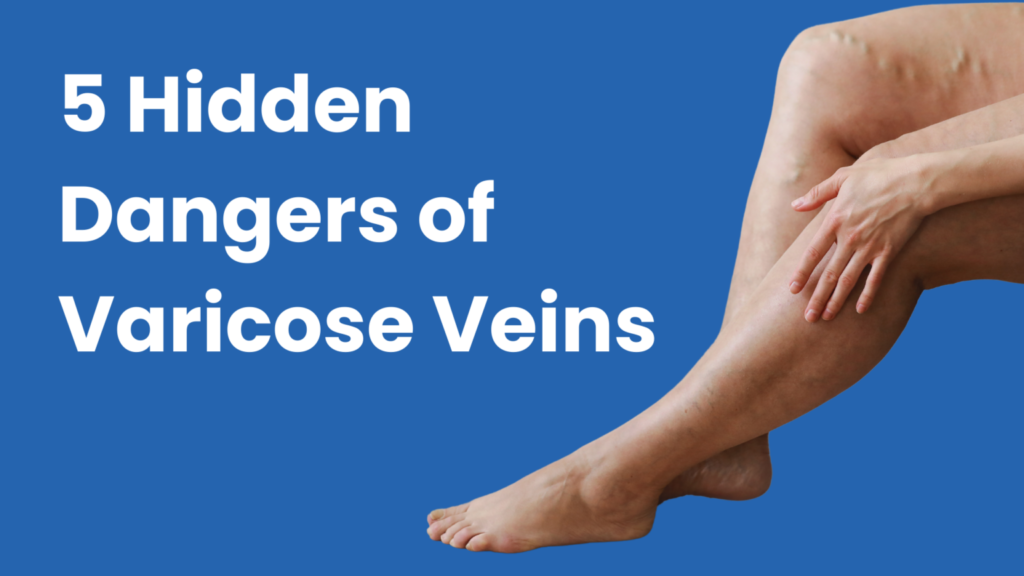Nearly half of adults in the United States have cardiovascular disease, which is an incredibly alarming number. Whether you already figure among this group or you want to avoid inclusion altogether, there are a few habits you can pick up to make a big difference in your vascular health.
As vascular experts, Dr. Ariel Soffer and the team here at Soffer Health Institute can do our part to protect your blood vessels against vascular problems, but the steps that you take are equally as important.
With that in mind, it’s important to establish your baseline heart health and then implement some new habits that go a long way toward boosting your vascular health.
Table of Contents
ToggleKnow your baseline
One of the most important steps you can take to better manage your vascular health is to establish a baseline. With one quick visit to our office, we can measure vital cardiovascular statistics like blood pressure and cholesterol, perform a cardiac assessment, and conduct a vein evaluation.
This information helps us better direct your efforts so that every step you take toward improved cardiovascular health is a meaningful one.
Develop heart-healthy habits
While it’s all well and good to say, “exercise more and eat better,” this idea is somewhat vague. Our goal is to help you form habits that you can not only institute today, but that serve your vascular health long into the future.
Here are some heart-healthy habits you might consider:
Sit less
Humans have gone from active hunter gatherers to largely sedentary beings that spend hours at desks in front of computers or on couches in front of TVs.
We’re not suggesting that you give up the screen, but we are putting forth the fact that excessive sitting is very bad for your vascular health. To combat this, make an effort to get up every hour and move around. To help, you can set a timer and when it sounds, get up from your chair, walk around, stretch a little, and simply move so that your cardiovascular system can flow more freely.
Add one fruit and one vegetable to your daily diet
The health benefits of fruits and vegetables are beyond question, but too many people aren’t getting enough of these nutrient-packed foods into their diets. Instead of telling you to ditch the pizza and red meat, we’re going to start small and suggest that you incorporate one more serving of fruit and one more serving of vegetables into your daily diet.
So, instead of grabbing some chips, munch on some celery or carrots. And, when you want something sweet, ditch the cookie for an apple, some melon, or a bowl of berries.
Relax
The link between stress and your vascular health is fairly strong, so creating new habits that place the emphasis on relaxation is a good idea. A walk in nature is a great place to start, as is learning some deep-breathing exercises that you can turn to wherever stress starts to build.
Take the stairs
Any effort that boosts your heart rate also helps your blood flow. If you lead a fairly sedentary lifestyle, there are ways you can get in little cardio boosts. For example, whenever you’re faced with an elevator/escalator or stairs, why not go for a few steps? You can also try parking a little further away from your destination instead of circling to find the closest parking spot.
These small steps, when practiced regularly, can make a big difference in supporting your vascular health.
Of course, there are many more vascular-healthy habits you can institute, and we’re happy to help you come up with a program that best suits your lifestyle. To get started, contact one of our offices in Weston, or Aventura, Florida.



